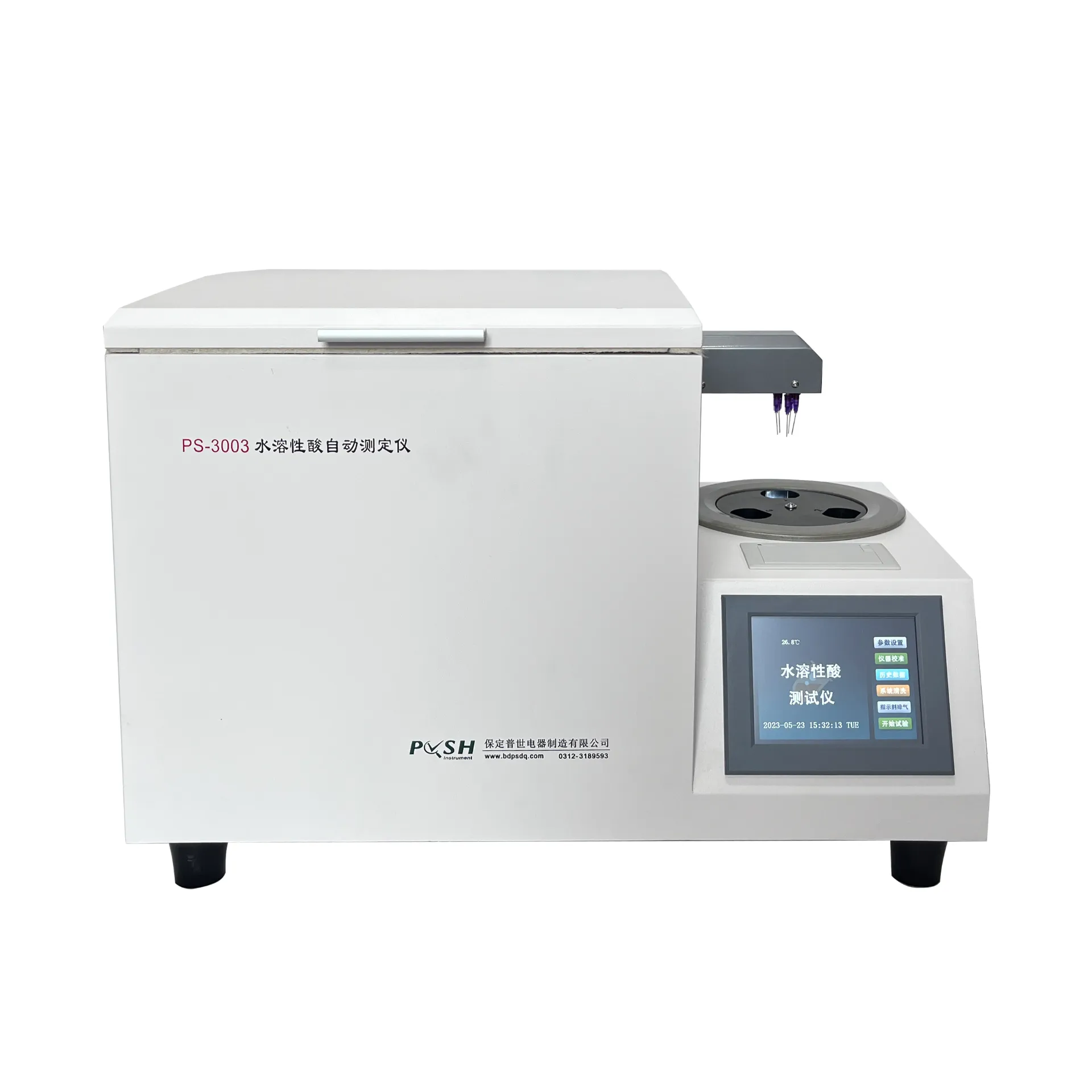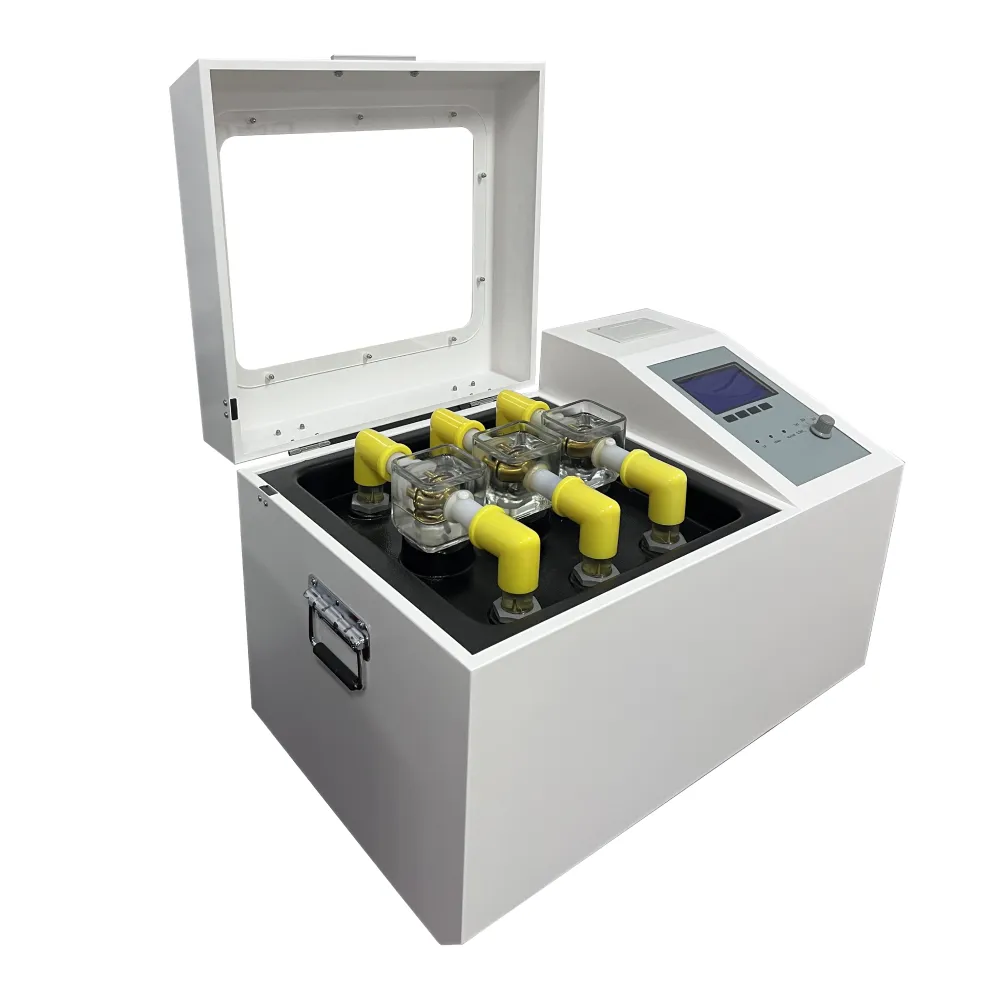TEL:
+86-0312-3189593
 English
English

Telephone:0312-3189593

Email:sales@oil-tester.com

-
 Afrikaans
Afrikaans -
 Albanian
Albanian -
 Amharic
Amharic -
 Arabic
Arabic -
 Armenian
Armenian -
 Azerbaijani
Azerbaijani -
 Basque
Basque -
 Belarusian
Belarusian -
 Bengali
Bengali -
 Bosnian
Bosnian -
 Bulgarian
Bulgarian -
 Catalan
Catalan -
 Cebuano
Cebuano -
 China
China -
 China (Taiwan)
China (Taiwan) -
 Corsican
Corsican -
 Croatian
Croatian -
 Czech
Czech -
 Danish
Danish -
 Dutch
Dutch -
 English
English -
 Esperanto
Esperanto -
 Estonian
Estonian -
 Finnish
Finnish -
 French
French -
 Frisian
Frisian -
 Galician
Galician -
 Georgian
Georgian -
 German
German -
 Greek
Greek -
 Gujarati
Gujarati -
 Haitian Creole
Haitian Creole -
 hausa
hausa -
 hawaiian
hawaiian -
 Hebrew
Hebrew -
 Hindi
Hindi -
 Miao
Miao -
 Hungarian
Hungarian -
 Icelandic
Icelandic -
 igbo
igbo -
 Indonesian
Indonesian -
 irish
irish -
 Italian
Italian -
 Japanese
Japanese -
 Javanese
Javanese -
 Kannada
Kannada -
 kazakh
kazakh -
 Khmer
Khmer -
 Rwandese
Rwandese -
 Korean
Korean -
 Kurdish
Kurdish -
 Kyrgyz
Kyrgyz -
 Lao
Lao -
 Latin
Latin -
 Latvian
Latvian -
 Lithuanian
Lithuanian -
 Luxembourgish
Luxembourgish -
 Macedonian
Macedonian -
 Malgashi
Malgashi -
 Malay
Malay -
 Malayalam
Malayalam -
 Maltese
Maltese -
 Maori
Maori -
 Marathi
Marathi -
 Mongolian
Mongolian -
 Myanmar
Myanmar -
 Nepali
Nepali -
 Norwegian
Norwegian -
 Norwegian
Norwegian -
 Occitan
Occitan -
 Pashto
Pashto -
 Persian
Persian -
 Polish
Polish -
 Portuguese
Portuguese -
 Punjabi
Punjabi -
 Romanian
Romanian -
 Russian
Russian -
 Samoan
Samoan -
 Scottish Gaelic
Scottish Gaelic -
 Serbian
Serbian -
 Sesotho
Sesotho -
 Shona
Shona -
 Sindhi
Sindhi -
 Sinhala
Sinhala -
 Slovak
Slovak -
 Slovenian
Slovenian -
 Somali
Somali -
 Spanish
Spanish -
 Sundanese
Sundanese -
 Swahili
Swahili -
 Swedish
Swedish -
 Tagalog
Tagalog -
 Tajik
Tajik -
 Tamil
Tamil -
 Tatar
Tatar -
 Telugu
Telugu -
 Thai
Thai -
 Turkish
Turkish -
 Turkmen
Turkmen -
 Ukrainian
Ukrainian -
 Urdu
Urdu -
 Uighur
Uighur -
 Uzbek
Uzbek -
 Vietnamese
Vietnamese -
 Welsh
Welsh -
 Bantu
Bantu -
 Yiddish
Yiddish -
 Yoruba
Yoruba -
 Zulu
Zulu
កុម្ភៈ . 14, 2025 12:38
Back to list
transformer efficiency test
Understanding transformer efficiency tests is essential for optimizing energy use in various industrial and commercial applications. Transformers play a critical role in the transmission of electrical energy by stepping voltage levels up or down, which minimizes energy loss over long distances. However, to harness their full potential, it's crucial to conduct efficiency tests that ensure optimal performance while reducing operational costs and environmental footprint.
Part of ensuring trustworthy data from transformer efficiency tests involves periodic calibration of equipment used in tests to ensure accuracy and reliability. Furthermore, leveraging state-of-the-art testing facilities poses a substantial advantage, as it aligns with recognized standards such as IEEE, IEC, and NEMA, providing authoritative assurance that transformer performance metrics are both accurate and reliable. Enhancing trust in transformer efficiency testing also involves detailed reporting and validation from third-party specialists. Engaging auditors or certification entities adds a layer of credibility to the test results, which is invaluable for stakeholders making informed decisions about energy use, sustainability, and investment in transformer technologies. Efficiency testing not only supports economic decision-making but also aligns with broader environmental objectives. As energy efficiency regulations become more stringent globally, optimizing transformer efficiency through precise testing and monitoring contributes to reduced carbon footprints and supports compliance with environmental standards. In summary, transformer efficiency tests are indispensable to delivering high-performing, reliable, and environmentally friendly transformer operations. By understanding and applying trusted testing methodologies, industries can achieve superior transformer performance outcomes. Emphasizing a robust testing protocol ensures that transformers operate at peak efficiency, which ultimately translates into operational savings, enhanced energy conservation, and the realization of sustainable energy goals.


Part of ensuring trustworthy data from transformer efficiency tests involves periodic calibration of equipment used in tests to ensure accuracy and reliability. Furthermore, leveraging state-of-the-art testing facilities poses a substantial advantage, as it aligns with recognized standards such as IEEE, IEC, and NEMA, providing authoritative assurance that transformer performance metrics are both accurate and reliable. Enhancing trust in transformer efficiency testing also involves detailed reporting and validation from third-party specialists. Engaging auditors or certification entities adds a layer of credibility to the test results, which is invaluable for stakeholders making informed decisions about energy use, sustainability, and investment in transformer technologies. Efficiency testing not only supports economic decision-making but also aligns with broader environmental objectives. As energy efficiency regulations become more stringent globally, optimizing transformer efficiency through precise testing and monitoring contributes to reduced carbon footprints and supports compliance with environmental standards. In summary, transformer efficiency tests are indispensable to delivering high-performing, reliable, and environmentally friendly transformer operations. By understanding and applying trusted testing methodologies, industries can achieve superior transformer performance outcomes. Emphasizing a robust testing protocol ensures that transformers operate at peak efficiency, which ultimately translates into operational savings, enhanced energy conservation, and the realization of sustainable energy goals.
Previous:
Latest news
-
Testing Equipment Industry Sees Major Advancements in 2025: Smart & Precision Technologies Lead the WayNewsJun.06,2025
-
Applications of Direct Current Generators in Renewable Energy SystemsNewsJun.05,2025
-
Hipot Tester Calibration and Accuracy GuidelinesNewsJun.05,2025
-
Digital Circuit Breaker Analyzer Features and BenefitsNewsJun.05,2025
-
Benefits of Real-Time Power Quality Monitoring Devices for Industrial EfficiencyNewsJun.05,2025
-
Earth Fault Loop Testing in High-Rise Building Electrical SystemsNewsJun.05,2025



